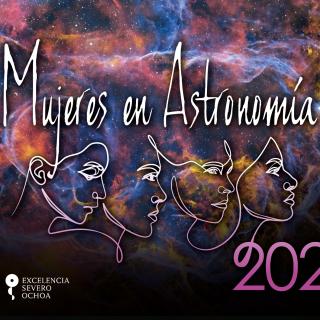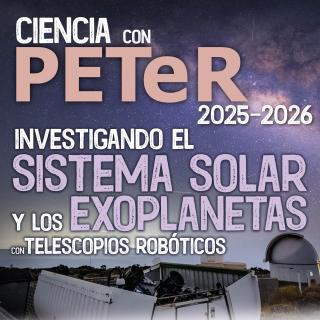Esta mañana se ha firmado en el Instituto de Astrofísica de Canarias (IAC), en La Laguna, el convenio de cooperación para la operación del Grupo de Telescopios “Isaac Newton” (ING) entre el IAC, el Consejo de Investigación de Física de Partículas y Astronomía (PPARC) y el Consejo de Investigación Científica de los Países Bajos (NWO). Por medio de este convenio, el IAC será socio de igual derecho en la operación del ING que el PPARC y el NWO. Lo más importante es que los telescopios del ING permanecerán actualizados y que la comunidad astronómica española dispondrá de un tiempo adicional de observación significativo. Este tiempo se empleará en preparar la ciencia que se hará con el Gran Telescopio CANARIAS (GTC).
En la contribución del IAC figura un instrumento para uso común, llamado LIRIS (un espectrógrafo para el infrarrojo de rendija larga y resolución intermedia con un sistema de imagen) para el Telescopio “William Herschel”.
Se prevé que el IAC hará la mayor parte de su contribución al ING en forma de recursos humanos, fundamentalmente con personal muy cualificado, tal como astrónomos experimentados e ingenieros profesionales. En el primer año, el IAC asignará tres personas al ING y esta cantidad será incrementada en otros tres a partir del segundo año.
Como beneficios adicionales, se cuenta la apertura de una vía que permita establecer vínculos más estrechos, tanto científicos como de operación, en el desarrollo del GTC, de 10 m, así como sentar las bases para una mayor colaboración internacional en el Observatorio del Roque de los Muchachos, en La Palma, dentro de un marco europeo más amplio.
Existen buenas perspectivas para una colaboración mucho más amplia a escala europea, a la vista de las actuales negociaciones orientadas a coordinar y racionalizar el uso de los telescopios de tamaño medio en Europa y, lo que es más importante, al futuro desarrollo por parte de Europa de telescopios extremadamente grandes. El Observatorio del Roque de los Muchachos, en La Palma, en tanto que es un lugar para la observación de primer orden a escala mundial y único buen emplazamiento en territorio europeo para grandes telescopios óptico-infrarrojos, está en una excelente posición para albergar una futura super-gran instalación. Tal iniciativa involucraría a muchos países europeos e impulsaría la creación de una nueva organización internacional (europea). Los socios estarían especialmente bien situados para participar de forma decisiva en una organización de esta índole.


